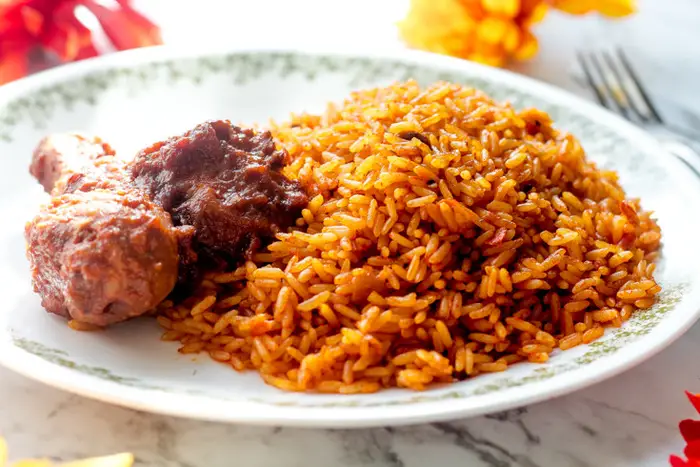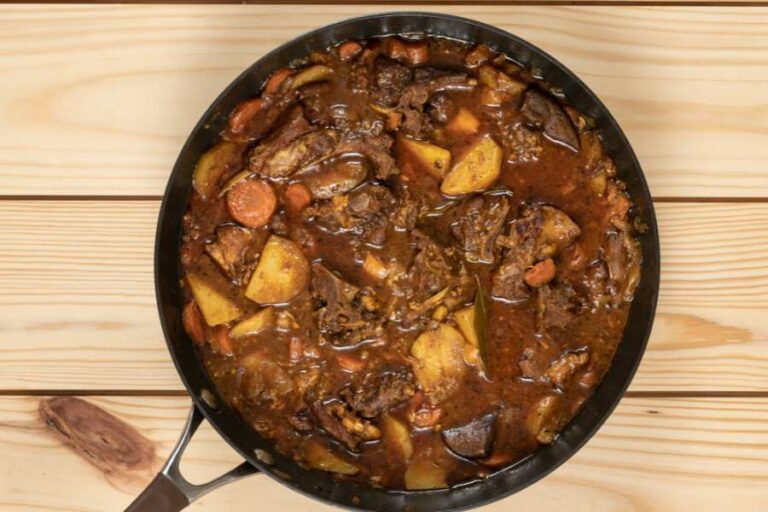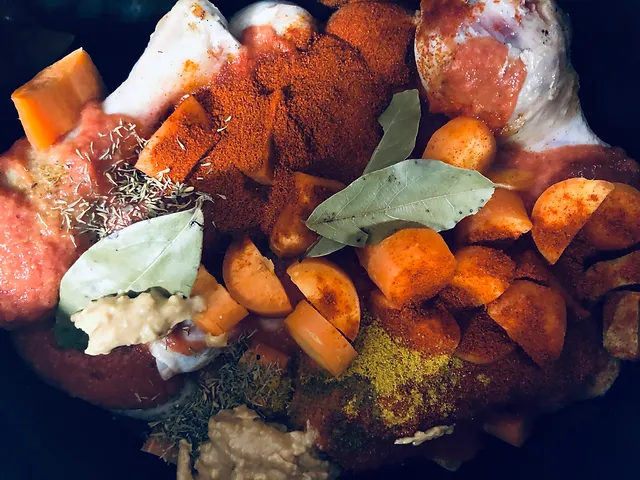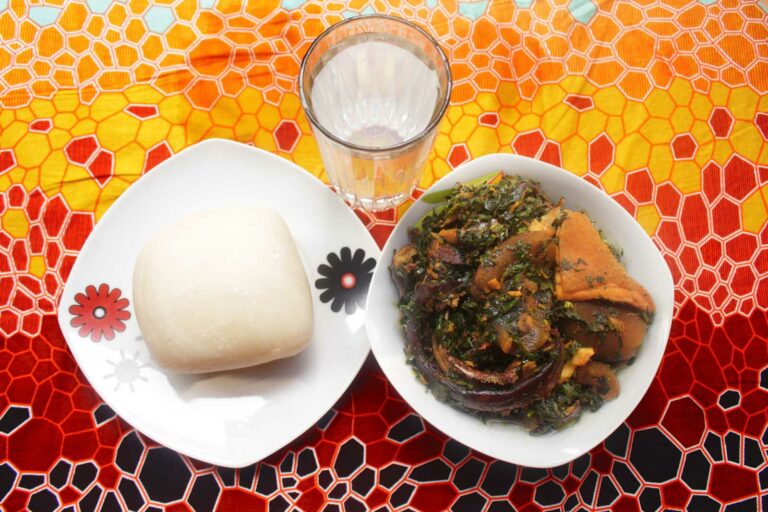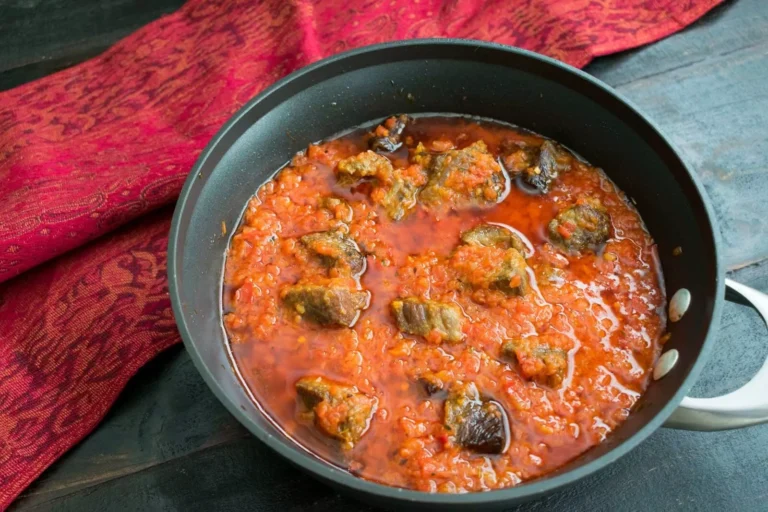Introduction: Exploring Nigerien cuisine
Nigerien cuisine offers a unique taste that is influenced by the country’s diverse cultural heritage. The cuisine is a reflection of the nomadic lifestyle and agricultural practices that are prevalent in the country. The ingredients used in Nigerien cuisine are varied, and the dishes are often characterized by their bold flavors and rich spices. In this article, we explore the use of spices in Nigerien cuisine and answer the question, “Is Nigerien cuisine spicy?”
A Brief Overview of Spices in Nigerien Cuisine
Spices are an essential component of Nigerien cuisine, adding flavor and aroma to dishes. Some of the most commonly used spices in Nigerien cuisine include ginger, cumin, garlic, cinnamon, and chili peppers. These spices are used to enhance the flavor of meats, vegetables, and grains and are often combined with local herbs and seasonings to create unique blends.
One of the most popular spice blends in Nigerien cuisine is called “karaw” or “karah.” It is a mixture of chili peppers, garlic, ginger, and onions that is used to flavor stews, soups, and sauces. The spice blend is a staple in Nigerien cuisine and is used in most dishes, giving them a spicy kick.
Popular Nigerien Dishes and Their Spiciness Level
Nigerien cuisine has a reputation for being spicy, but the level of spiciness varies depending on the dish. Some dishes, such as “djerma” or braised beef, are mildly spiced, while others, such as “tsire” or grilled beef kebabs, are more heavily spiced. The use of spices also varies depending on the region of the country.
One of the most popular Nigerien dishes is “fufu,” a starchy side dish made from cassava or yams. The dish is typically served with a spicy soup or stew, which can be made with a variety of meats, vegetables, and spices. Another popular dish is “riz au gras,” a rice dish made with meat and vegetables and flavored with a blend of spices.
Regional Variations in Nigerien Cuisine’s Spice Usage
The use of spices in Nigerien cuisine varies depending on the region of the country. In the north, where the climate is arid, spices are used sparingly, and the emphasis is on preserving meat and vegetables. In the south, where the climate is more temperate, spices are used more liberally, and the cuisine is characterized by its bold flavors.
In the east, where the cuisine is heavily influenced by neighboring countries such as Chad and Sudan, the use of spices is more subtle, and the emphasis is on grains and vegetables. In the west, where the cuisine is influenced by French and Portuguese colonialism, spices such as cinnamon and nutmeg are used in desserts and pastries.
The Role of Spices in Nigerien Culture and Traditions
Spices play a significant role in Nigerien culture and traditions. They are used in religious ceremonies, such as weddings and funerals, as well as in everyday cooking. The use of spices is also a source of pride for Nigeriens, who take pride in their unique blend of spices and flavors.
In addition, spices are often used to convey messages of hospitality and generosity. It is common for Nigeriens to offer guests food and drinks flavored with aromatic spices as a sign of welcome and respect.
Conclusion: The Spicy Delights of Nigerien Cuisine
In conclusion, Nigerien cuisine is characterized by its bold flavors and rich spices. While the level of spiciness varies depending on the dish and the region, spices are an essential component of Nigerien cuisine. The use of spices is a source of pride for Nigeriens and plays an important role in their culture and traditions. If you ever have the opportunity to try Nigerien cuisine, be prepared for a spicy and flavorful culinary adventure.


